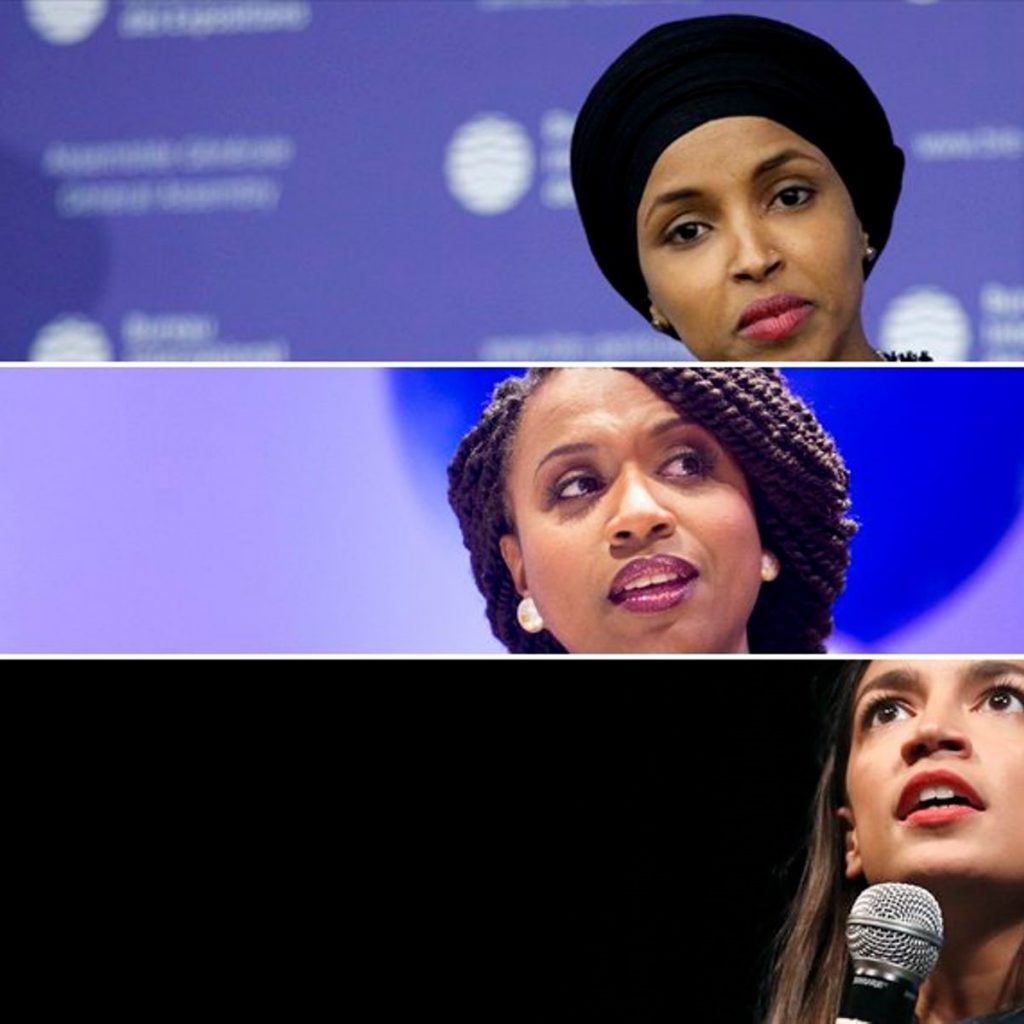People of Color (POC) and Politics has always been a scarce thing in history, especially in America. Whether people like to admit it or not, race has always played a major factor in politics and STILL does. One would hope that race would no longer be an issue in 2019 political culture, but the truth of the matter still remains that it is a driving force for why people vote and throw their hat into the political arena. In Trump era politics, the media definitely has made it an agenda to point out racial tensions in America and abroad. Although it is 2019 and it seems more and more people of color are getting involved in politics, there is still a color disparity.

History Race & Politics in America
Since the conception of America, racial disparity has been embedded in American history. The Founding Fathers began the racial disparity in politics with the writing of the Constitution, wherein African slaves were defined as property. A century later laws were set in place to discriminate against Chinese and other non-white Immigrants. Although there has been discrimination laws set in place to keep POC out of high power positions such as a political representatives, there were people of color in Congress. Shortly after the passing of the Emancipation Proclamation, there were three POC elected to the 41st Congress. The representation amongst POC in politics slowly began to increase as the racial climate began to shift with the heighten fight for African, Latino Chinese, Native, and other POC American rights throughout history.
Obama’s Election Represented “Progress”

With the election of Barack Obama in 2008, it seemed encouraging that various POC would be elected in promising political positons. Obama’s election did represent advancement in a “slow but steady progress” POC made in the past twenty years in gaining a seat for political leadership, especially in the U.S. House of Representatives and in the Cabinets of past U.S. Presidents.

POC have increased tremendously since the birth of the nation, especially with the 116th Congress becoming one of the most racially and ethnically diverse Congresses to date. In today’s US politics, around 22% of U.S. House of Representatives and Senate are racial or ethnic minorities. While the numbers are steady increasing for POC in American politics, there is still a huge disparity. Out of 535 seats in Congress, 116 lawmakers are non-white (this includes Blacks, Hispanics, Asians/Pacific Islanders, Native Americans, and more). POC still make up a small portion of the overall seats in Congress, with the majority of those Congress men and women taking seats in the U.S. House. There is still a lag in the U.S. Senate and state governorships.
How the US Pans with Other Parts of the World

The UK Parliament in Comparison
While the U.S. clearly shows racial disparity in politics, it is not only a “U.S.” problem in the Western culture. Countries such as the U.K., France, and Germany have a similar disparity issues and lack of diversity. In the U.K., about 20% of the population comes from minority backgrounds. In most cases, the proportion of people from non-White backgrounds in political positons are lower than the English population as a whole. In 2019, just over 8% of Members of the House of Commons were from non-White ethnic backgrounds. While there has been a slight increase in minorities in UK parliament since the turn of the century, there is still a major discrepancy with the actual population of minorities in the country and the representation in UK politics. Not much is different in other countries as well. Germany and France have majority white Germans and French in politics compared to the amount of POC in their perspective countries. Racial disparities are worldwide within Western democratic culture and is not a one country issue.
Racial Disparity and the Future of American Politics

As the US moves closer to another election year, one of the blaring issues that have been stressed since Trump’s election is diversity. An increasingly amount of women, ages, different religions, sexual backgrounds, and races have expressed their interest in politics. The Democratic candidates for the 2020 election are living proof of where the country is trying to go in the midst of racial tension. The lack of diversity that has plagued the US for centuries is finally being addressed with more people taking seats at the table. While the majority of politicians in the US are white males, an expanding amount of POC are not scared to make a name for themselves and show that much needed representation to the world. As America’s demographics changes in the near future, it will only be time to be the true test to see if America can truly close the racial gap in politics.


